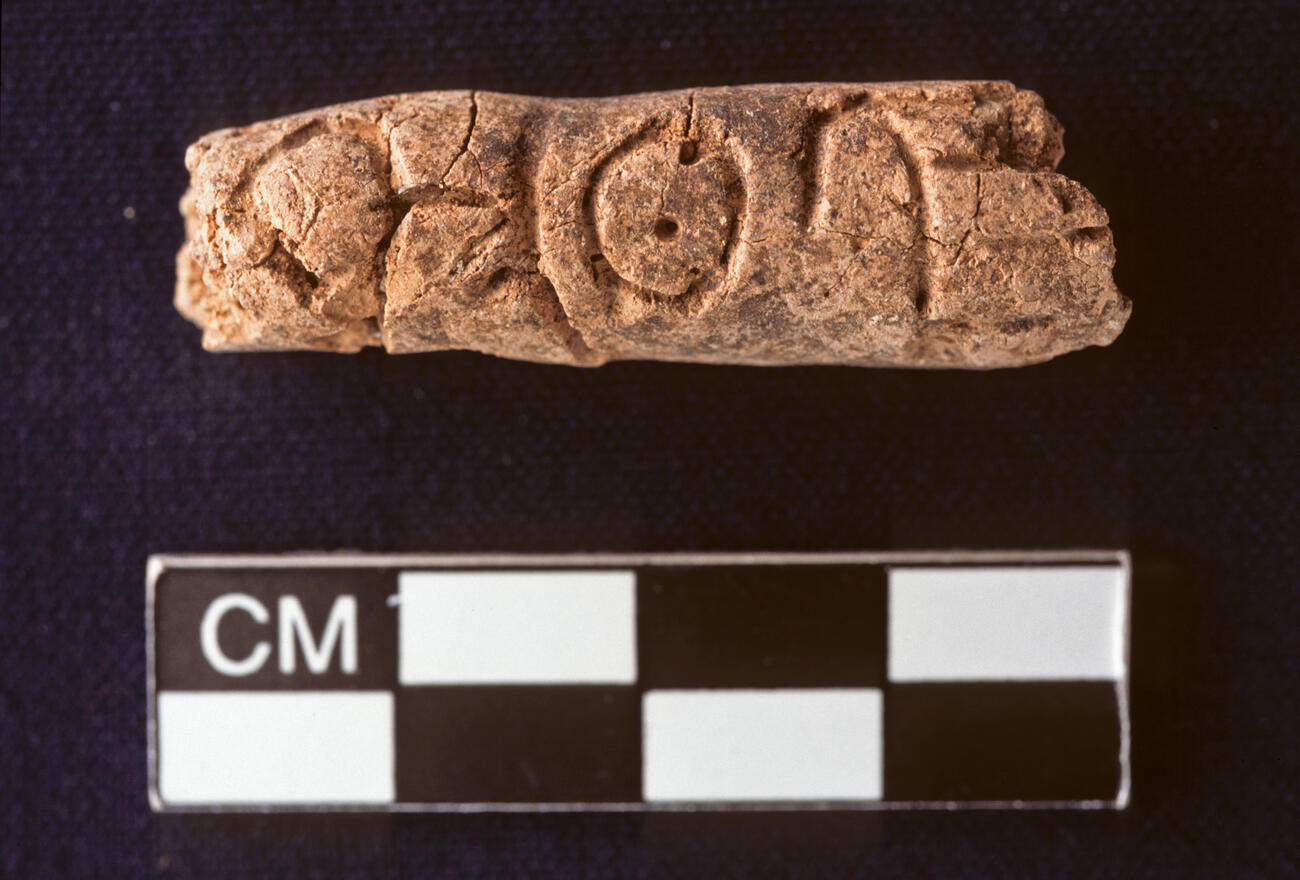Get the latest tech news
Evidence of the use of silk by Bronze Age civilization
Silk was the driving force behind the opening of the Silk Road, positioning this material as a global commodity that greatly influenced the progress of human civilization. Due to the natural protein properties of silk, the internal structure and external characteristics of silk cultural relics are irreversibly destroyed during the process of burial or when passed down through the generations until the production information and material components completely disappear, making it difficult to obtain direct archaeological evidence for pinpointing the origin of silk. The sacrificial pits at the Sanxingdui archaeologcal site, located in Guanghan, Sichuan, China, have been found with layers of ash above the layers of artifacts and some bronzes with fabric traces. Among the artifacts, one grid-like ware artifact first appeared in the Bronze Age in China. The two sides of the grid-like ware were grid-like ovals made of bronze material, and inside, there was an oval-shaped complete piece of jade with a bent back. Fabric traces were found on both the jade and bronze surfaces. In order to determine the specific function of fabric at this site, the developed silk fibroin immunoaffinity column (IAC) enrichment technique combined with enzyme-linked immunosorbent assay (ELISA), morphology observation and proteomics were used to identify mineralized fabric material and fabric residues in the ash layer. Silk residues were successfully detected, which confirmed the early use of silk as a material carrier to communicate between Heaven and Earth and provided archaeological evidence for the cultural origins of silk.
All processed experimental data that support the findings of this study are available within the main text and its Supplementary Information, including the grid-like ware, experiments with mineralized fabrics, preparation and performance evaluation of immunoaffinity columns and mass spectrum. Yao, K. et al. Development of an immunoaffinity column for the highly sensitive analysis of bisphenol A in 14 kinds of foodstuffs using ultra-highperformance liquid chromatography tandem mass spectrometry. Multiple antibodied based immunoaffinity columns preparation for the simultaneous analysis of deoxynivalenol and T-2 toxin in cereals by liquid chromatography tandem mass spectrometry.
Or read this on Hacker News
